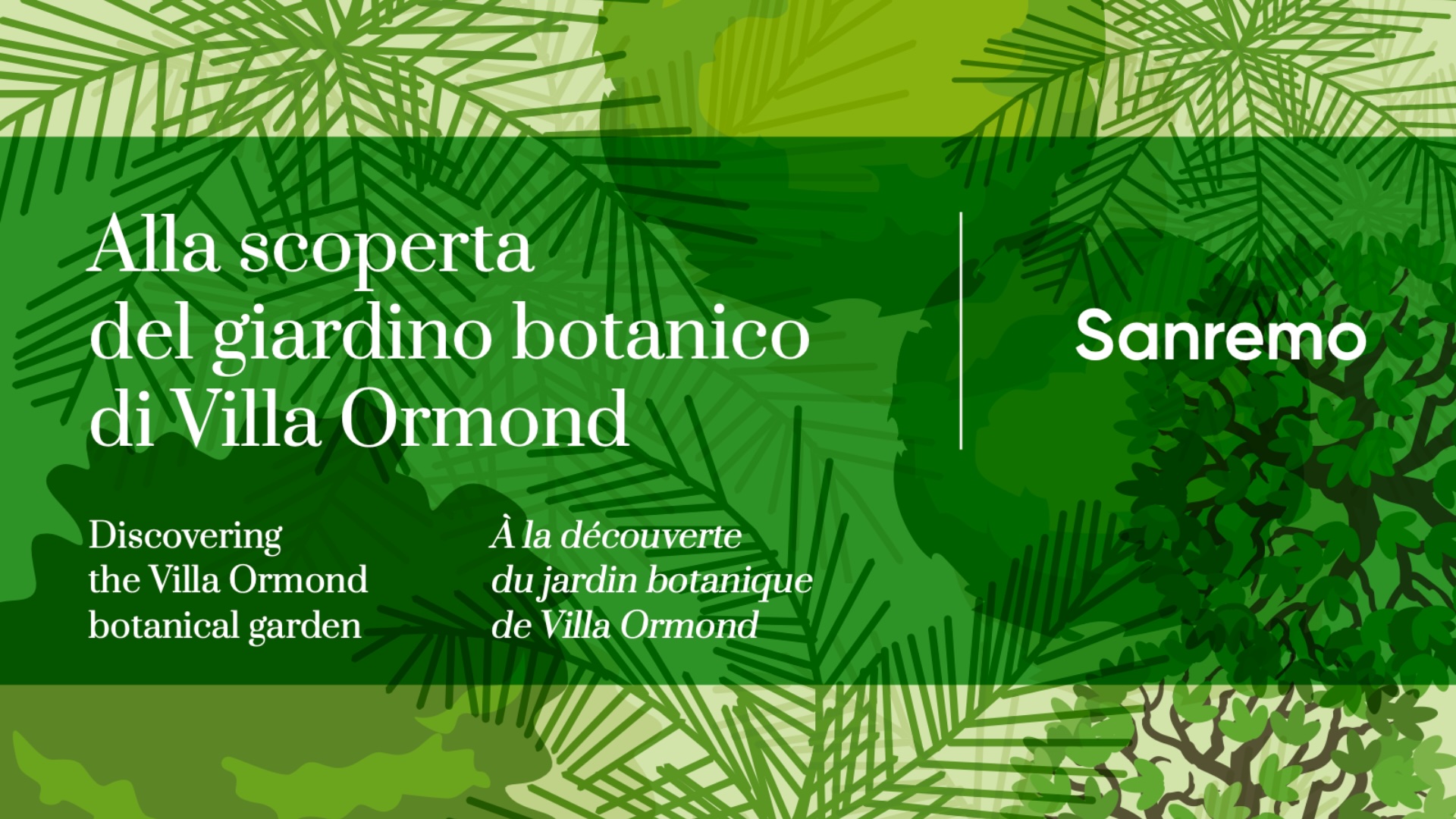The genus name derives from the Greek taxos (lat. taxus), yew, with the same meaning in Latin, and/or its derivative toxon, bow. In fact, bows and arrows were already being made from yew wood in ancient times due to its elasticity, toughness and strength.
The specific epithet from Latin baccatus, -a, -um, alludes to the berry-like fruits.
| Common name | Tree of death |
| Origin | A tree whose range of origin stretches from the Iberian Peninsula in the north to Great Britain and southern Scandinavia and east to the Black Sea, Caucasus, Asia Minor and North African mountain ranges. In Italy, the yew tree is present throughout the entire Italian territory and the most significant stands are those in the Umbrian Gargano forest. A tree native to the temperate mountain range with a sub-oceanic climate. A sciaphilous species that lives in shady woods and prefers calcareous soils. |
| Description | A robust evergreen tree with numerous branches from the base, without resin ducts, very long-lived, able to live to approx. 2000 years. Broadly pyramidal, expanded, dark green foliage with spreading, horizontal branches and pendulous branches at the ends. Smooth, thin, reddish-brown bark, turning greyish-brown in older specimens, peeling off in plates or stripes. Leaves are persistent, needle-shaped, arranged in two spiral rows on the sides of the twigs. The lamina is linear flattened and somewhat falcate, with mucronate but not prickly apex, dark green and shiny on the upper page, yellowish on the lower, marked by two paler stomatal stripes. The central venation is very prominent on both sides. Cones arranged at the axil of the leaves in separate clusters, the male ones united in globular yellow catkins, surrounded before anthesis by reddish-brown scales; the female ones solitary or paired, gemmiform, green, arranged at the apex of a small branch and also surrounded by an involucre of persistent scales protecting the single ovule. It produces a berry-like fruit (arillocarp), consisting of a fleshy cup (aril), first greenish red when ripe and partially covering a large black ovoid, pointed, woody seed. The leaves and seeds are poisonous, as they contain an extremely toxic alkaloid, taxin. The leaves have pharmacological properties but, due to their toxicity and difficulty in dosing, are not used in folk medicine. From the bark and leaves, an active ingredient has been isolated for experimental chemotherapeutic treatment against certain forms of cancer. The only non-toxic part is the fleshy aril, which has a sweetish taste and is liked by birds, which favour its dissemination. The wood is elastic, tough and very hard, very fine-grained and homogeneous, with white sapwood and reddish heartwood, much sought after for lathe work and cabinetmaking. |

